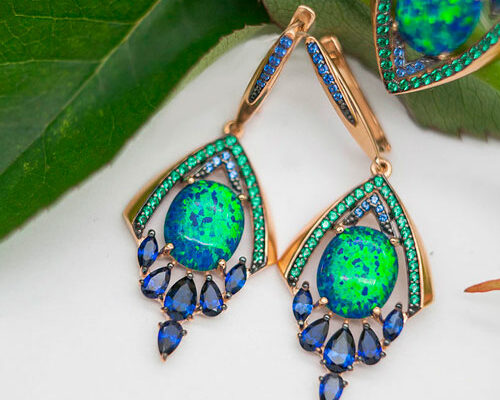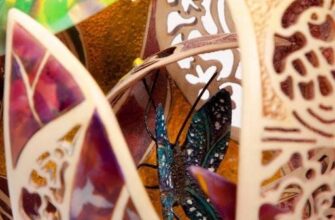In articles about jewelry with gems, the phrase “Mohs scale” is often found - the authors explain what the hardness of the stones is, talk about the advantages of a particular mineral, based on this numerical system. Let's figure out why it is needed and what stones make it up.

Precious and ornamental stones have different hardness. This characteristic is very important: the wear resistance of the mineral depends on it, as well as the choice of finishing method. Jewelers did not have a unified system for working with this "value" until the German scientist Friedrich Moos proposed to determine the hardness by scratching reference samples. The gemologist chose ten known rocks, which he then arranged in order of increasing hardness: talc, gypsum, calcite, fluorite, apatite, orthoclase, quartz, topaz, corundum, diamond. The Mohs scale turned out to be convenient, because it is still used today.
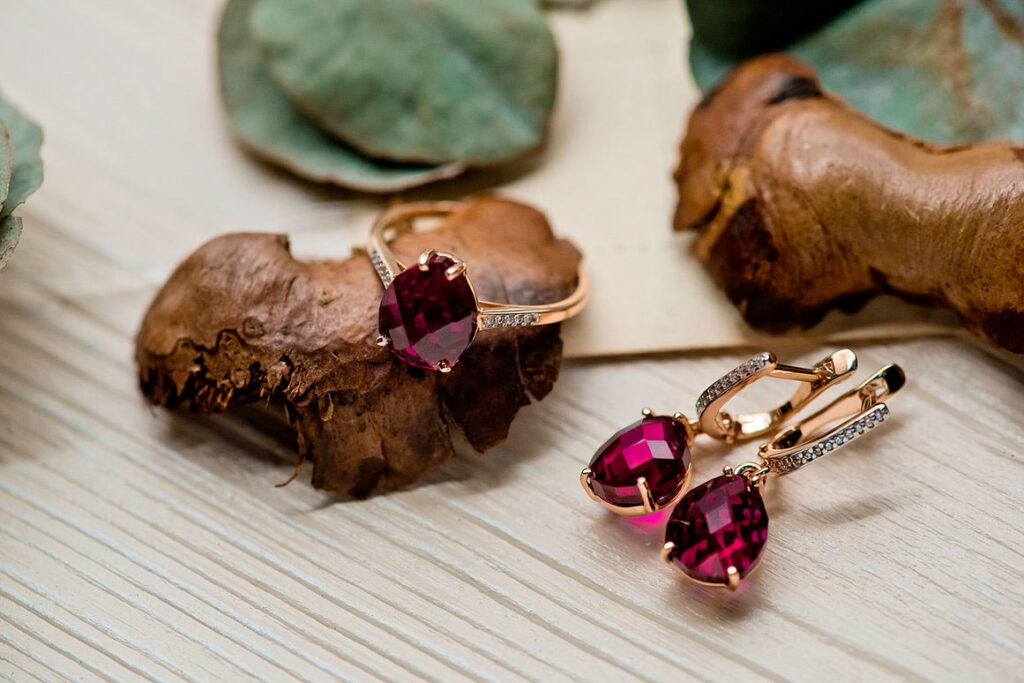
The first position in the system is occupied by talc - the softest of the presented minerals. It is not difficult to scratch it, but it is impossible to damage another stone with talc, therefore the hardness of the mineral was taken as one. Despite the "fragility", talc is refractory and not affected by acids, so some varieties of the mineral (steatite, soapstone, noble talc) are used for carving.
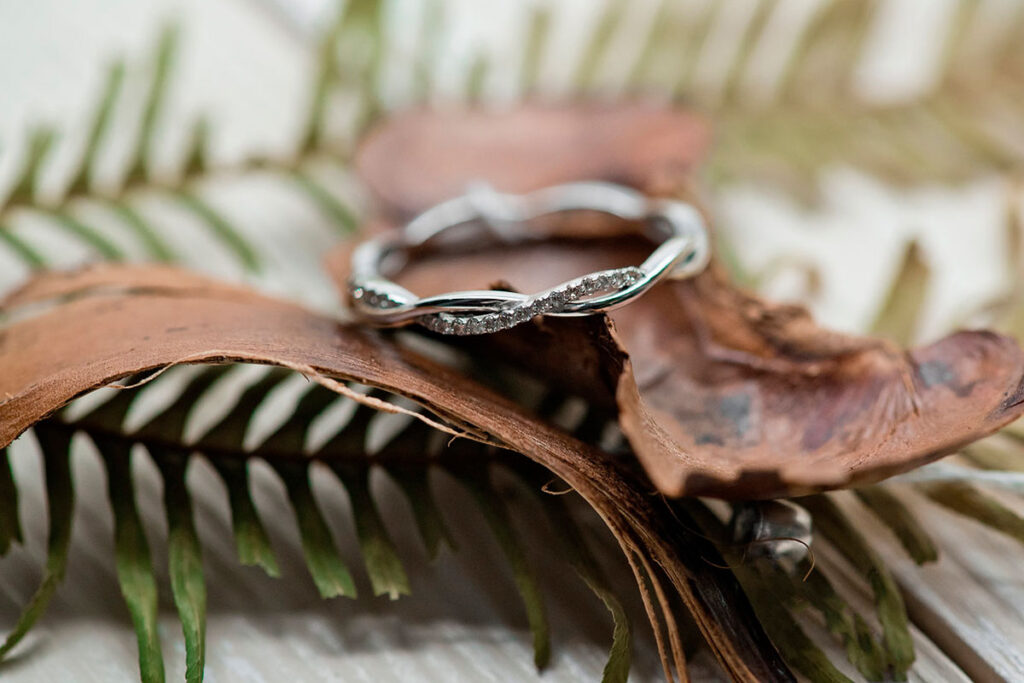
sedimentary mineral gypsum has a hardness of two. It is soft and easily damaged, but it scratches minerals like talc. Interestingly, jewelry, souvenirs, boxes are made from fine-fiber gypsum (selenite). Items are distinguished by delicate creamy shades and silky sheen, needless to say, you need to handle them carefully.
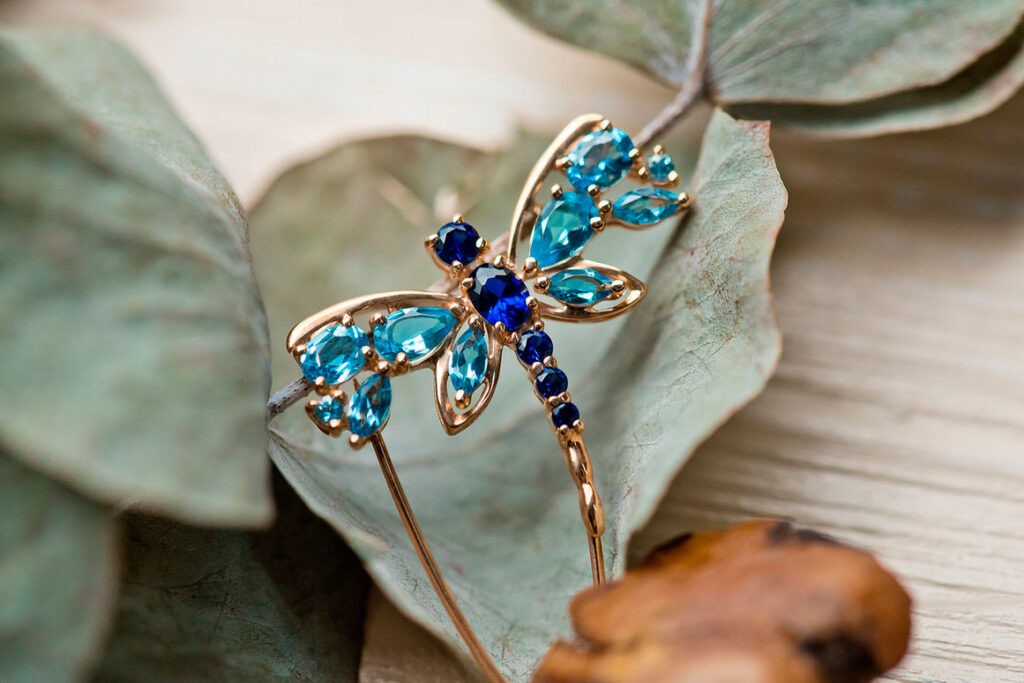
In third place - rock-forming calcite. The mineral has a glassy luster, and its color depends on impurities. Calcite can be scratched with almost any metal object. Varieties of the mineral - calcite onyx and simbircite - are used for the manufacture of carvings and jewelry.

Fluorite or fluorspar - a fragile mineral, it is afraid of acids and is easily scratched with a knife, glass. Jewelers appreciate it for its bright coloration, often with inclusions that form a beautiful pattern. Jewelry from fluorite began to be made not so long ago - a “capricious” stone requires careful handling.

The fifth position is apatite. This mineral has a beautiful glassy luster, it can hardly be scratched with glass or a coin, but it is still quite fragile and is afraid of sunlight - it can change color. On sale you can find beads, bracelets, earrings made of apatite - they are often passed off as beryl, tourmaline and even topaz.
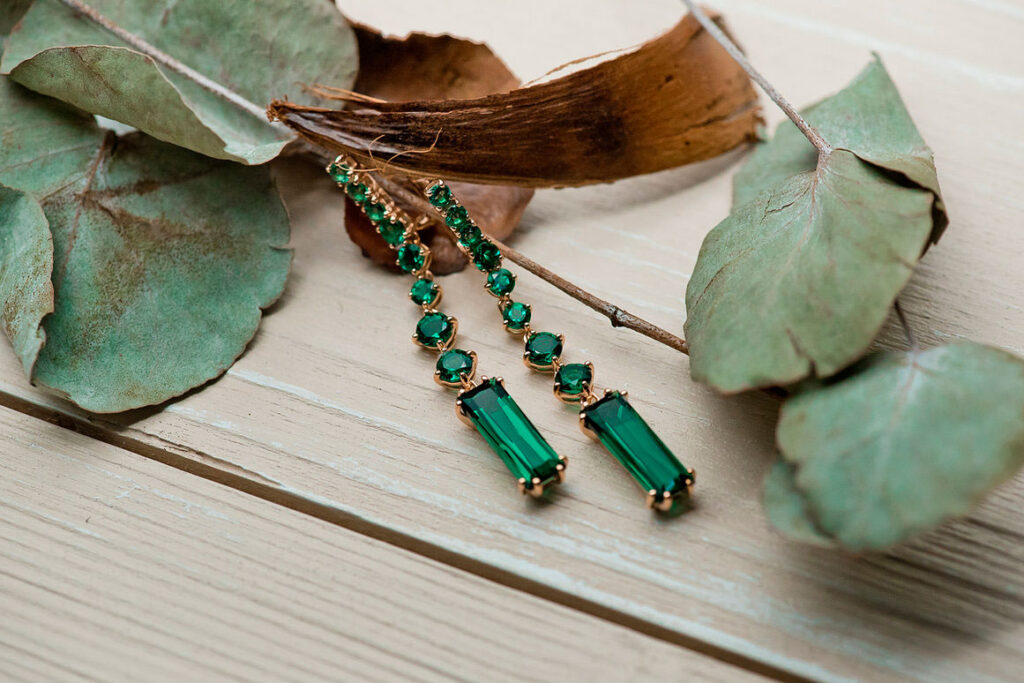
orthoclase or feldspar is practically not used in jewelry. The stone is resistant to scratching with a knife and will come in handy if you decide to make an inscription on a plaster vase or glass. Rutile and opal ornamental stones have the hardness of orthoclase - wear-resistant minerals are often used to make jewelry.
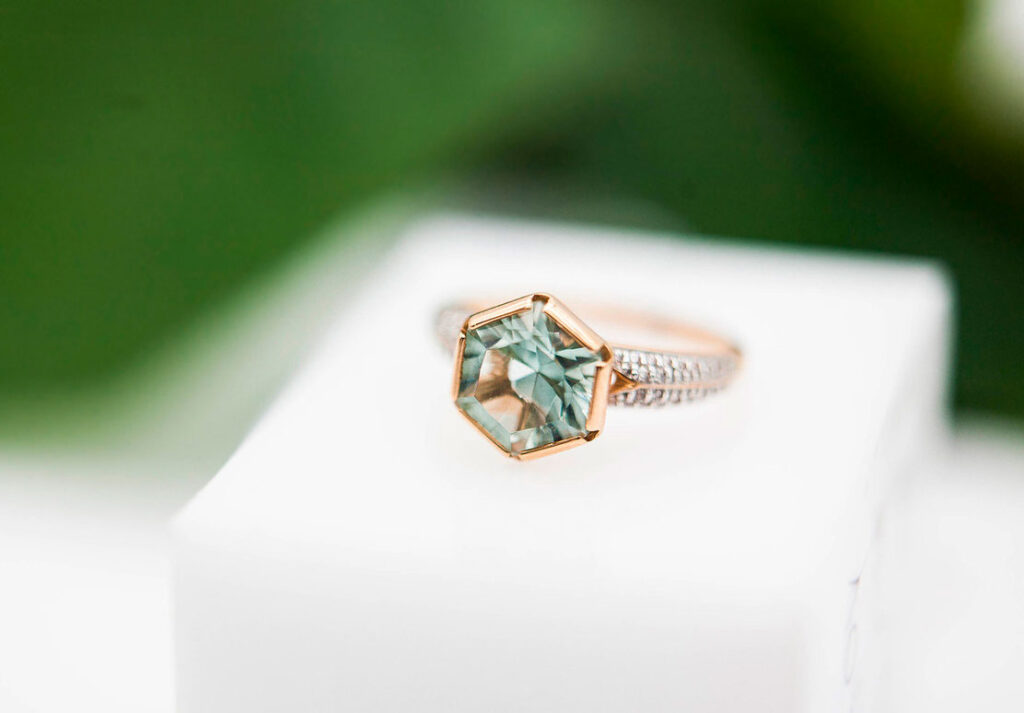
The hardness of the seventh level is inherent quartz. The mineral is resistant to mechanical stress: there will be no traces of a steel blade of a knife and similar objects. But dropping jewelry with quartz is not worth it - a fragile stone can crack. Many semi-precious and ornamental stones correspond to quartz: amethyst, rock crystal, agate, citrine, chalcedony, onyx, rauchtopaz and others.
In eighth place topaz. It scratches glass, and can also leave a mark on the surface of its neighbor on the scale - any quartz. Spinel, beryl and aquamarine match topaz in hardness.
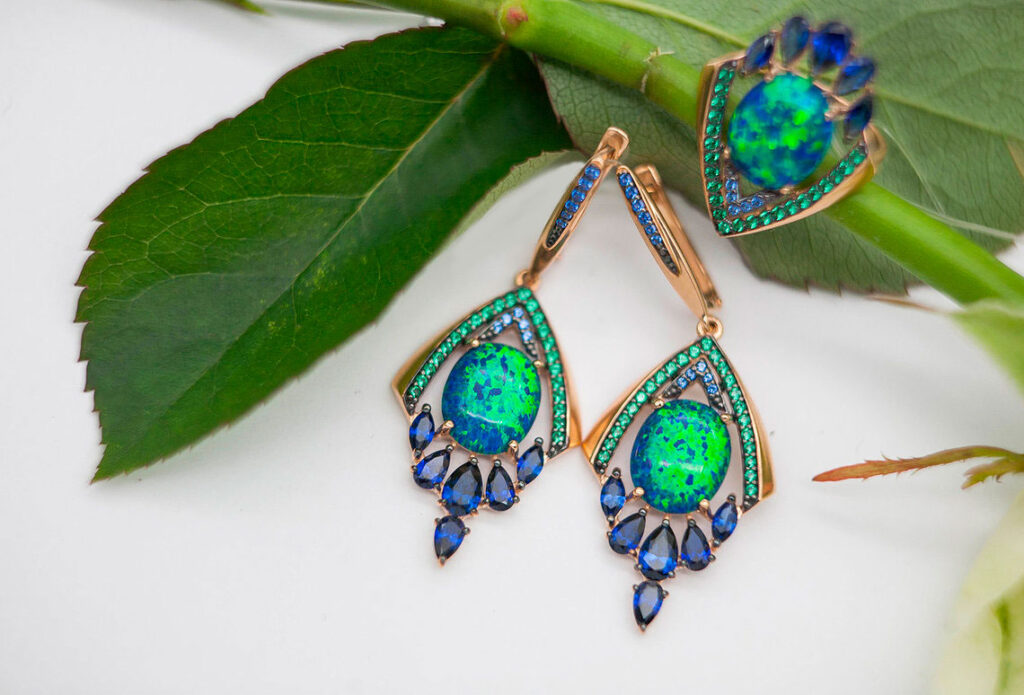
Corundum (sapphire, ruby) - the standard of hardness, only diamond can leave a mark on the faces of this mineral. The stone is refractory and wear-resistant, which means it will look presentable for more than a dozen years. These properties explain the high price of the stone.
The highest step in the Mohs system is diamond. It is impossible to damage it with another mineral, and the maximum hardness makes it possible to distinguish it from other “transparent” stones. This characteristic makes diamond a sought-after material not only in jewelry, but also in technical production.

How useful is the Mohs scale?
The Mohs hardness scale is rather arbitrary and gives only relative values: a stone with a high numerical value scratches a stone with a lower numerical value. But even with this approach it is useful:
- Knowing the hardness values of minerals, it is possible to distinguish precious and semi-precious stones from fakes, especially from glass imitations.
- Allows you to find stones of the same hardness and, if necessary, replace one with another.
- Some jewelry stones can be easily damaged, knowing their characteristics will help you properly store and use jewelry with minerals in everyday life.
